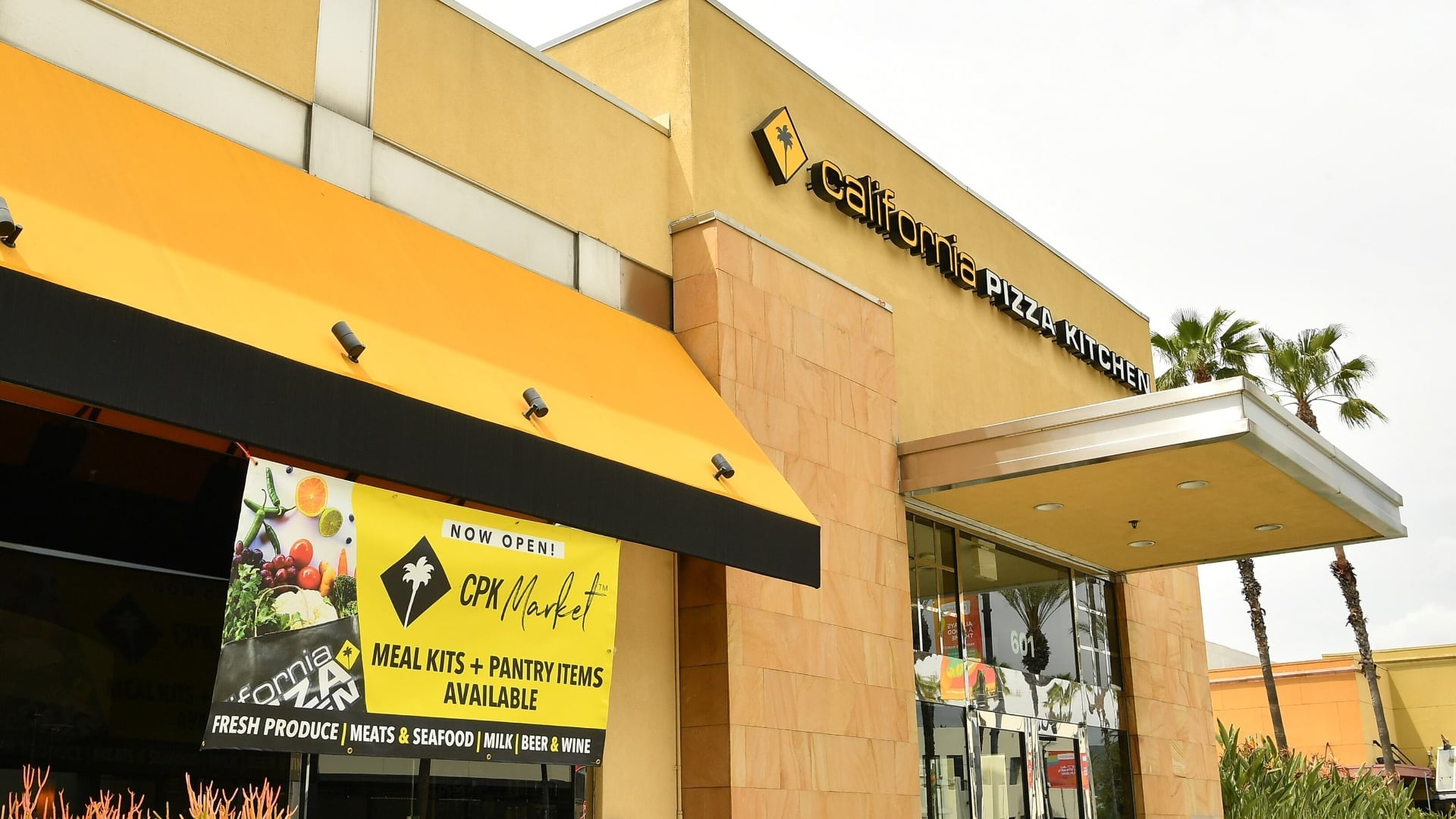*By Michelle Castillo * Even creative industries like advertising aren't exempt from advances in technology and automation. On Thursday, "brand tech" firm You And Mr Jones took a majority stake in Inside Ideas Group, a company that helps brands form their own internal marketing groups. One of its best known divisions, Oliver, helps companies create their own advertising and sponsored content in-house, instead of hiring an outside advertising agencies. Clients include Google ($GOOGL), Adidas ($ADDYY), and Unilever ($UN). The company makes about $150 million in annual net revenue. Terms of the deal were not disclosed. Rather than hire outside advertising agencies, companies are creating their own advertising divisions internally. While the in-house agency has always existed, advances in technology are allowing more companies to control their own marketing, said David Jones, the founder of You and Mr. Jones. His marketing technology company, which invests in A.I., blockchain, and augmented reality businesses among others, helps brands develop their marketing craft to be "better, faster, and cheaper using technology." It has stakes in Niantic, Pinterest, and ad-tech company Beeswax, among other companies. "The \[advertising\] clients are very frustrated with the old legacy model," Jones, who was the former Havas Global CEO said explained. "They're interested in building in-house that connect to a technology platform." McKinsey Global Institute estimated that between 400 million to 800 million jobs [will be automated by 2030](https://www.mckinsey.com/featured-insights/future-of-work/jobs-lost-jobs-gained-what-the-future-of-work-will-mean-for-jobs-skills-and-wages). About 64 percent of companies have internal agencies, according to a survey done by Forrester and the trade group In-house Agency Forum. In-house agencies can cut marketing costs, respond to real-time events more quickly, and ease friction between marketing and the rest of the company's activities. Unilever CFO Graham Pitkethly said during an earnings report it was saving 30 percent by creating its own in-house advertising division. In the past, brands needed staff numbering in the hundreds to execute advertising campaigns. Thanks to advances in technology, they can do a lot of the work over the internet and use platforms like Facebook ($FB), Google, and other social media platforms to get their messages across. Advertising holding company WPP lost $2.6 billion in market cap in March after it reported flat revenue growth in the final quarter of 2017. Former WPP CEO Sir Martin Sorrell blamed "the long-term impact of technological disruption" as one of the major factors in a statement. Since leaving WPP, Sorrell's marketing services group S4 Capital acquired Mighty Hive, a firm that helps brands build in-house digital ad buying divisions. "We can all check and pay on our phones," Jones said. "We can put out campaigns globally ... There's nothing you can do to stem that decline. The smaller agencies have a big future, but the big firm's future is incredibly challenged." Creativity, however, isn't easily replicated by technology. However, there have been artificial intelligence advancements in that area as well. M&C Saatchi developed a billboard in 2015 that "evolved" based on how much people liked the design, employing facial tracking technologies and genetics-based algorithms to measure their response. It claimed that within 72 hours, it was creating posters that were employing the best-practices used in the traditional advertising industry.








